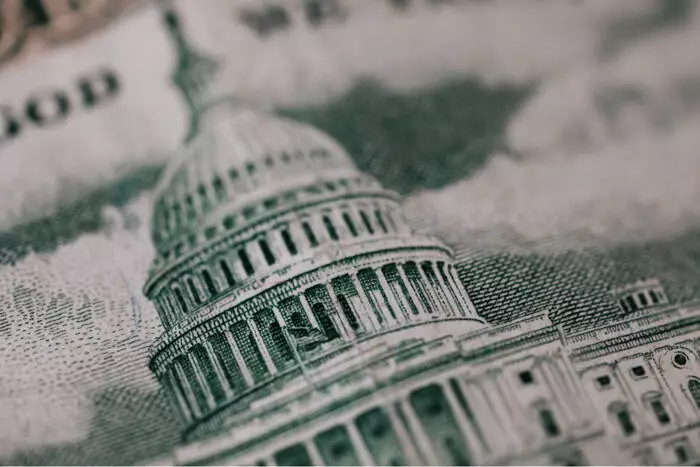In a landscape marked by cautious optimism, recent data reveals a tempered increase in consumer prices, signaling a fleeting breath of stability in an otherwise volatile economic environment. However, beneath this seemingly benign headline, the specter of inflation driven by external shocks looms large. The evolving narrative suggests that the current modest uptick masks deeper currents of concern, particularly as geopolitical policies, notably tariffs, begin to leave a tangible mark. As inflationary pressures emerge, it becomes increasingly evident that central banks face the delicate task of balancing growth stimulation with inflation containment.
This scenario underscores a fundamental dilemma: while headline figures may appear manageable, the underlying drivers—particularly trade policies—could ignite broader price increases across essential commodities. Market strategists and policy makers are rightly on edge, understanding that a misstep could catalyze a more aggressive inflation cycle, undermining the economy’s fragile equilibrium. It is within this context that the market’s cautious stance emerges, reflecting uncertainty but also resilience amidst mounting pressures.
The Federal Reserve’s Navigational Playbook
The outlook articulated by Federal Reserve officials underscores an evolving strategy—one that is increasingly data-dependent and prepared for agile responses. Fed Chair Powell’s nuanced comments illuminate a critical perspective: while inflation remains subdued for now, the potential acceleration due to tariffs warrants close attention. His insistence that inflation could rise in the coming months indicates a proactive approach, aiming to preempt inflationary expectations rather than react after they materialize.
This cautious posture has profound implications for monetary policy. Recent market pricing suggests investors foresee an easing cycle, with some expecting up to 45 basis points of rate cuts by year-end. The consensus is coalescing around September as the likely moment for the first move, signaling a shift from the traditionally cautious stance of the Fed. Notably, Fed officials like Governor Waller emphasize the importance of “getting ahead” of economic softening, even amid concerns about stubbornly low private-sector employment numbers. Such a stance highlights a proactive, if somewhat contradictory, strategy—acknowledging weakness to foster resilience.
Market Sentiment and Political Tensions
Market sentiment remains sensitive to political developments, especially amidst rumors of high-level interventions and policy shifts. Mid-week chatter about President Trump contemplating the removal of Powell from his position momentarily unsettled markets, prompting a surge in dollar strength. Yet, the swift denial of this rumor restored confidence, illustrating how fragile market stability can be amid geopolitical tensions.
The fluctuating expectations for monetary easing reflect a broader uncertainty—investors weigh the risk of premature rate cuts against the danger of stubborn inflation. This delicate balancing act reveals a market that is both highly responsive and highly vulnerable to external shocks. When political narratives threaten to disrupt the status quo, markets tend to oscillate, illustrating the profound entanglement between policy, politics, and financial stability.
A Critical Reflection on Our Economic Outlook
By dissecting the current economic signals, it becomes clear that resilience must be coupled with vigilance. While current inflation remains subdued, the potential for inflationary spillover driven by tariffs and global trade tensions is a risk that cannot be ignored. Central banks, especially the Federal Reserve, find themselves at a crossroads—balancing the need to support growth against the imperative to prevent runaway inflation.
The geopolitical landscape, marked by unpredictable policy moves and political maneuvering, further complicates this picture. Investors and policymakers alike must remain agile, prepared to pivot in response to shifting data and external pressures. In this environment, the narrative of cautious optimism must be tempered with strategic foresight—recognizing that the road ahead is fraught with challenges but also ripe with opportunities for those who can navigate the turbulent waters of modern economics.

